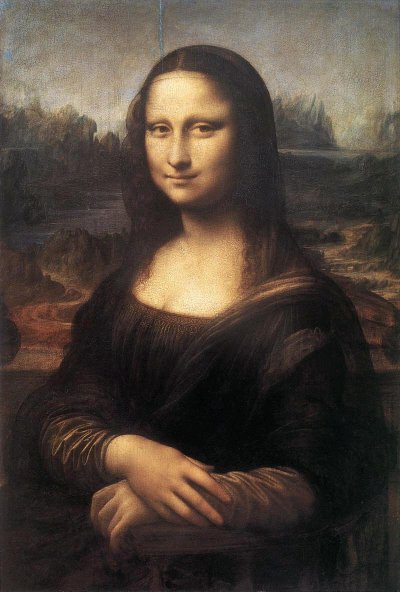A new mathematical software developed in the Department of Computer Science at the University of Haifa will allow computers to "know" whether the picture you are holding in your hand was painted by Leonardo da Vinci or Van Gogh, or by another, lesser-known painter

New mathematical software developed in the Department of Computer Science at the University of Haifa will allow computers to "know" whether the picture you are holding in your hand was painted by Van Gogh, as the seller promised, or by another, less well-known painter.
"The field of computer vision is a complicated and complex field. We hope that our new development is another step in the progress of this field", said Prof. Danny Kern, who developed the software.
In the new development, the researchers "taught" the computer to recognize several pictures of different painters. The computer was able to learn the identity of the painters after the software turned the landscape paintings, people, flowers and other cartoon characters into a series of mathematical symbols, cosines and sines. After the computer managed to "learn" the countless number of pictures of each painter, the software allows it to learn the unique style of each painter. In this way, the software can identify other paintings that the computer did not see and match it to the appropriate painters. According to Prof. Keren, the software will recognize paintings by the same artist even if different examples appear in the paintings. "Once the computer has learned to recognize Dali's paintings of clocks, it will also recognize his paintings without clocks. Once the computer learned to recognize Van Gogh's curling movement, it will also recognize it in paintings it has not seen," he explained.
The new development, as mentioned, is another step in the development of the field of computer vision. According to Prof. Keren, this field suffers from a huge disadvantage compared to its competitor - human vision. "Human vision has evolved over millions of years, while our field is only thirty years old. Computers meanwhile have difficulty performing actions that are simple for us, such as recognizing a human face in a picture. It is very difficult for a computer to recognize when there is a human face in an image or how many human faces are in the image. On the other hand, the computer has a better ability to simulate and draw three-dimensional images such as the arterial system in the brain or a road network along a certain terrain route."
As of today, the new software can mainly help those who love art, but are not a great expert in the field. If you belong to this group and you paid a good amount of money for a picture that the seller promised was an exact copy of one of Leonardo da Vinci's paintings for example, the software will be able to tell you if you didn't waste your money. In the future, improving the field of computer vision will help in the development of cameras that can "see" the road instead of us, in the development of devices that will detect forgeries of bills or paintings, and in the development of devices that will assist in medical treatments.

9 תגובות
For Lisa (8):
I object to unauthorized use of my identity.
Lisa Lisa Lisa Lisa Lisa
i have poop
A somewhat unclear article:
"The software turned the landscape paintings, people, flowers and other cartoon characters into a series of mathematical symbols, cosines and sines" - what exactly is this? Is there a neural network or similar learning algorithm here? If so, why not name him?
At least for humans it is much easier to tell Leonardo's paintings from Van Gogh's than it is to tell the original Mona Lisa from a good Mona Lisa imitation (some forgers make such good imitations that even art experts have a hard time telling the difference). Did the software actually succeed in distinguishing between an original and an imitation, or is it just an idea for practical application in the future?
To Shlomo
There is something similar in the field of music, a computer can produce music that the experts will say Bach wrote.
Peretz already has similar things. For example, restoring shredded documents with the help of computer evidence...
You are thinking about the wrong things
Imagine that the input that this software performs can be changed to output
And when you choose a certain painter it will be possible to randomly create a picture that that painter would have done
Mimicking the human art brain is a much bigger step
And the consequences will be artificial intelligence of a certain person
Brain simulation option - that's what it should be called
The brain simulation
A very important step forward!
They didn't explain the way it works, maybe because of the complexity and maybe also a little secrecy before selling!
I wonder if it will be possible in the future to develop a camera that will assemble archaeological findings from broken parts such as pottery and the like!
Stunning.
Is there a more detailed article or publication by Prof. Keren about this?